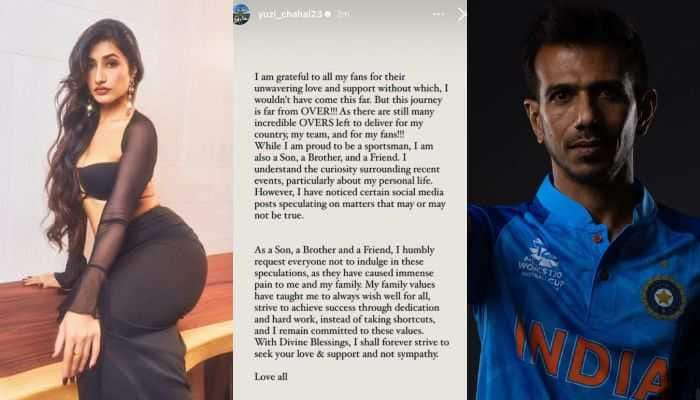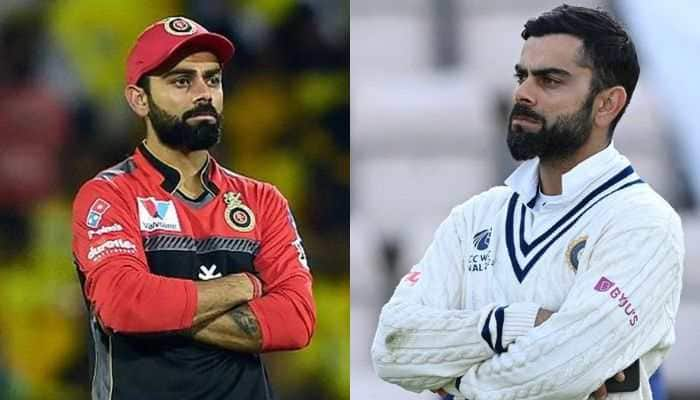IAF short of not only fighter jets but pilots too
IAF is also well below the 42 combat squadron strength to tackle the scenario of a two-front war with China and Pakistan.
Trending Photos
) Representational image (Pic courtesy: Twitter/@IAF_MCC)
Representational image (Pic courtesy: Twitter/@IAF_MCC) New Delhi: The Indian Air Force (IAF) is short of not only fighter jets but also pilots to fly them in the event of a war. The IAF on February 1, 2018, had 3,855 pilots against a sanctioned strength of 4,231, a shortfall of 376, confirmed Union Minister of Defence (State) Dr Subhash Bhamre in a written reply to Harshvardhan Singh Dungarpur in the Rajya Sabha on Monday.
The Indian Navy and Indian Army, too, face a shortage of pilots.
IAF is also well below the 42 combat squadron strength to tackle the scenario of a two-front war with China and Pakistan. At present, the IAF has an effective strength of just 34 combat squadrons but three of those are of the older MiG-21BIS, MiG-21M and MiG-27 which are on the verge of being phased out.
There are 11 squadrons of the frontline Su-30MKI, three each of the MiG-29 and Mirage 2000, six Jaguar and six MiG-21Bison squadrons apart from two upgraded MiG-27 squadrons. The force has already ordered three more Su-30MKI and two Dassault Rafale squadrons along with two squadrons of the indigenous Light Combat Aircraft Tejas MK 1.
The Indian Navy is also short by 91 pilots. The sanctioned strength is 735 while the force has 644 pilots. The Army Aviation Corp has a shortage of 192 pilots. Against the mandated strength of 794, the force has only 602 pilots.
Bhamre told the Rajya Sabha that the IAF and other arms of the defence forces have already taken steps to address the shortfall of trained officers to fly the aircraft. An aspirant desirous of becoming an IAF pilot can enter the force through four modes - National Defence Academy (NDA), Combined Defence Services Examination (CDSE), Air Force Common Admission Test (AFCAT) for non-UPSC entries and National Cadet Corps (NCC) special entry.
IAF is also ensuring that the aircrew is fully utilised in a cockpit vacancy for the maximum duration which is well beyond the period required for amortisation of the cost of training. The force has also ensured that only limited numbers are given release such that the combat potential of IAF is not compromised at any stage.
An Air Force Selection Board (AFSB) has also been set up in 2013 at Gandhinagar in Gujarat and the selection process into the IAF has been simplified with the introduction of the AFCAT for non-UPSC entries. IAF has also been organising career fairs/exhibitions, advertisements in print and electronic media, motivational lectures in schools, colleges, visuals/signage at strategic locations etc. too woo aspirants aiming to become a pilot.
Pilots are inducted in the Indian Navy as Permanent Commission or Short Service Commission (SSC) officers. Volunteers from serving Executive branch officers (upto 25 years of age) are selected for pilot training biannually whereas SSC officers are inducted biannually through the Direct Entry Scheme.
All pilots in the Army Aviation Corps are commissioned officers. All aspirants must take and clear the Pilot Aptitude and Battery Test (PABT) and Aviation medical examination after which they undergo the Basic and Advance flying training, on completion of which they become pilots. An officer can join the Army Aviation either by opting for the same during pre-commissioning training at IMA and OTA or volunteer for the same on completion of one and half years of service.
A study on the restructuring of Army Pilot Cadre was conducted following which some decisions to address the issue have been taken. There has been an increase in Direct Commissioned Officers (DCO) both from Indian Military Academy (IMA) and the Officers Training Academy (OTA). For the DCO, the lower service limit of two years of attachment period with fallback arm after commissioning has also been reduced to one and half years.
Stay informed on all the latest news, real-time breaking news updates, and follow all the important headlines in india news and world News on Zee News.
Live Tv







)
)
)
)
)
)
)
)
)
)
